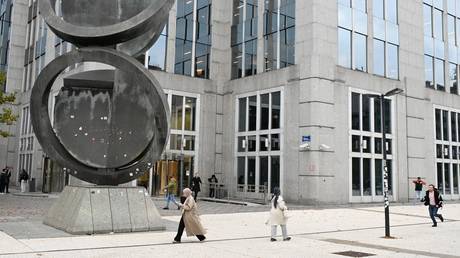Heatwave Scorches Jharkhand, Seven Districts Record Over 40 Degrees C Temperatures
Ranchi, March 16, 2025 – A blistering heatwave has swept across Jharkhand, pushing temperatures above 40 degrees Celsius in seven districts and sparking widespread concern. Chaibasa in West Singhbhum recorded the state’s highest temperature at a scorching 41°C, a staggering 7.6 degrees above the seasonal average. Other districts, including Daltonganj (40.7°C), Bokaro Thermal (40.1°C), Jamshedpur (40°C), Garhwa, Godda, and Pakur, are also reeling under the intense heat. The India Meteorological Department (IMD) has issued a yellow alert, urging residents to avoid outdoor activities between 12 pm and 3 pm, when the sun is at its fiercest. Relief, however, may be on the horizon, with forecasts predicting rain and thunderstorms starting March 19.
How Does This Heatwave Compare to Previous Ones?
The current heatwave stands out for its early arrival and widespread impact compared to previous years in Jharkhand. While Jamshedpur and Daltonganj have historically been heatwave hotspots, this year’s conditions have engulfed a broader swath of the state, affecting seven districts simultaneously. According to IMD data, maximum temperatures in Jharkhand have been trending upward over the past decade, with a brief respite during the COVID-19 lockdown years due to reduced emissions. However, this March’s intensity—exemplified by Chaibasa’s 41°C—marks a significant escalation, arriving weeks earlier than the typical summer peak. Experts suggest this heatwave could persist until the monsoon season, aligning with a pattern of increasingly extreme weather in the region.
Impact on Agriculture
The soaring temperatures are wreaking havoc on Jharkhand’s agricultural sector, particularly during the critical rabi crop season. Farmers report reduced yields and stunted crop growth as the heat exacerbates existing challenges like soil erosion and water scarcity in the state’s rugged terrain. Mango orchards, a vital part of the local economy, are showing signs of distress, with leaves and plants drying out under the relentless sun. The heatwave has also driven up farming costs, as producers grapple with the compounded effects of climate change, making cultivation an increasingly precarious livelihood in Jharkhand.
Health Concerns
The extreme heat has triggered a wave of health issues across the state. Reports of heat exhaustion, heatstroke, and dehydration are mounting, with medical facilities noting a surge in patients exhibiting symptoms like heat rash, headaches, and dizziness. Tragically, there have been fatalities linked to heatwave-related conditions, underscoring the crisis’s severity. Health experts are sounding the alarm, advising residents to stay hydrated, seek shade, and limit exposure during peak heat hours. A recent survey highlighted that these ailments are widespread, particularly in rural areas with limited access to cooling and medical resources.
As Jharkhand braces for a few more days of this punishing heat, the anticipated rains on March 19 offer a glimmer of hope for relief—for both its people and its parched fields.













